A trailerable sailboat can be so much more than a daysailer. With a sense of adventure, a little thought, and a bit of gear, the same boat can beach-cruise far and wide for days, weeks, and even months on end. The capacity to cover great distances at highway speeds opens territory that the owners of large mooring-bound boats can only imagine wistfully as they spend the second half of each vacation returning to the same homeport.Access to camping ashore is perhaps the trickiest element of beach cruising. Guerrilla camping may have its time and place, but I find I sleep a lot better knowing the caretaker or landowner isn’t on his way to roust me. The fact is that here in the East (my home grounds) we are blessed with many wonderful and legally accessible cruising grounds. Favorites I’ve sampled are the Maine Island Trail, Cape Lookout National Seashore, the Apostle Islands National Lakeshore, and Lake Champlain. Next up on my list are Florida Bay and the Keys and Lake Huron's North Channel. I've not cruised the Pacific Northwest, but by its reputation I know that it presents a whole new world for exploration for me—as does Europe, too. Having landed at the beach, author Geoff Kerr gathers his dry bags and prepares to unload his Caledonia yawl, NED LUDD, and set up camp.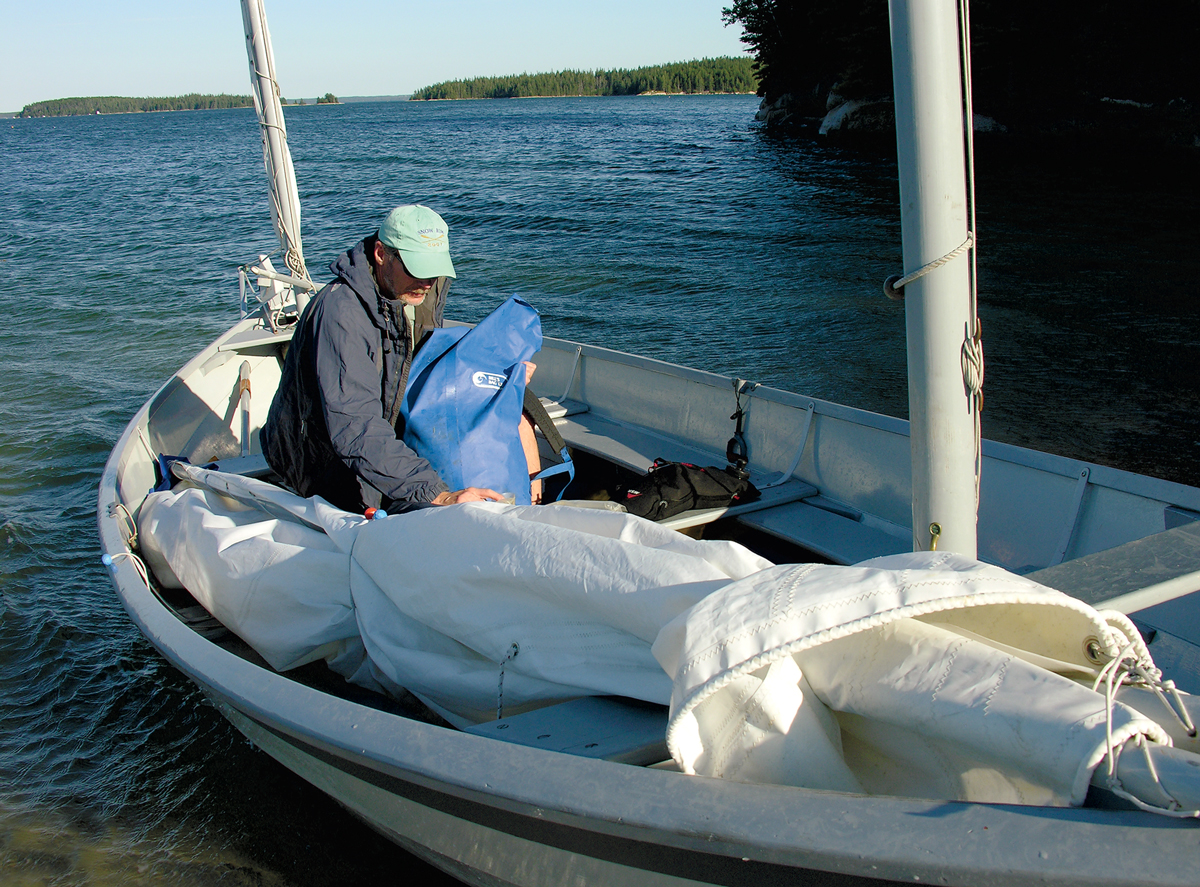 Photo by Matthew P. Murphy
Photo by Matthew P. Murphy
Join The Conversation
We welcome your comments about this article. To include a photo with your remarks, click Choose File below the Comment box.


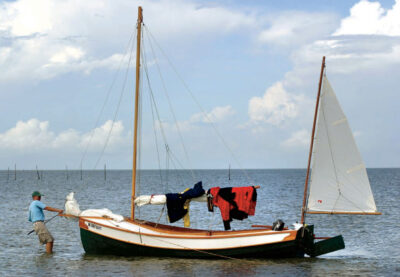
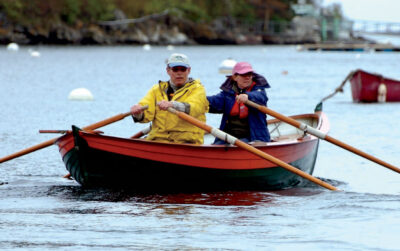
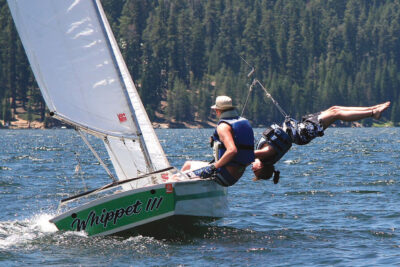
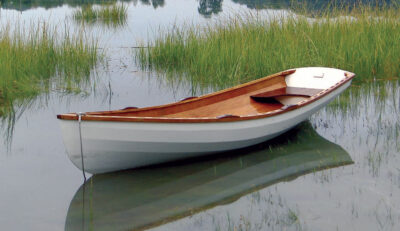

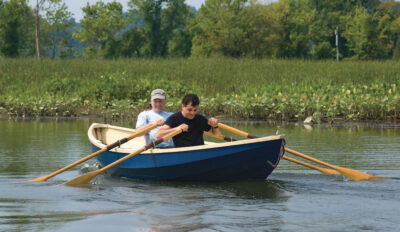

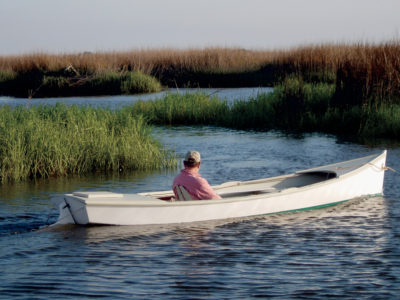
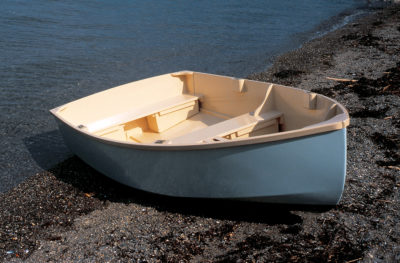
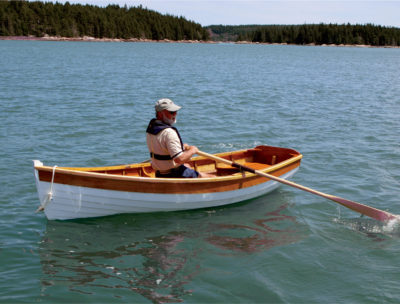
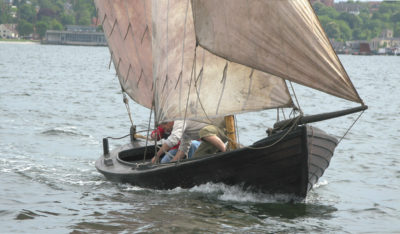
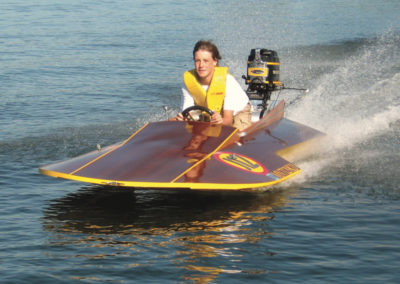
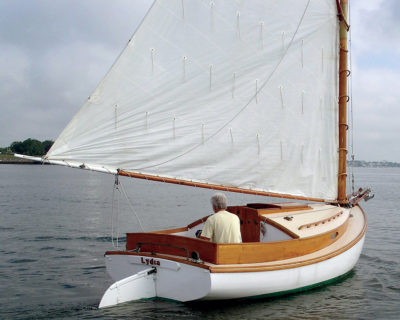
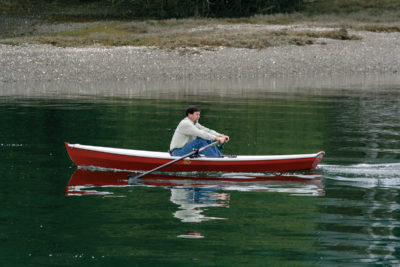
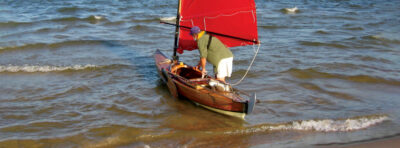
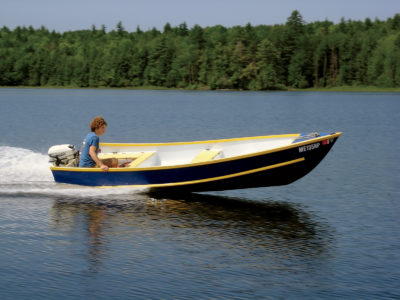
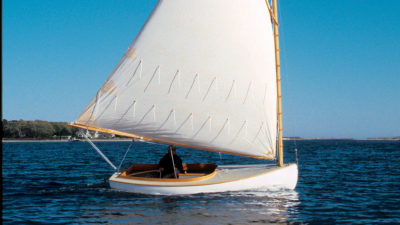


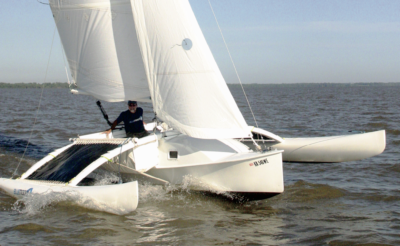
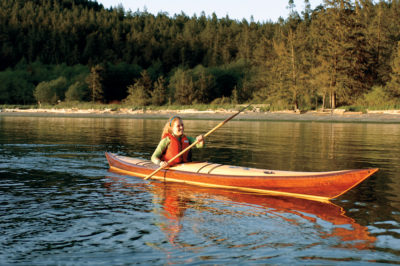
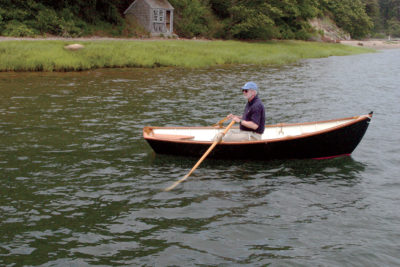
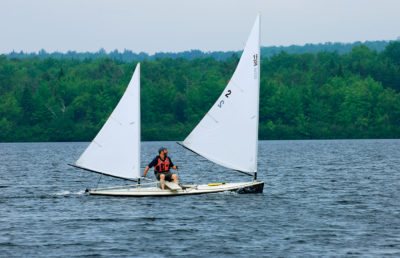

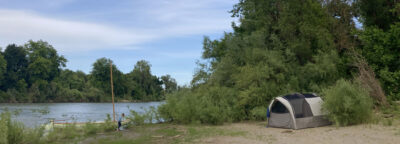

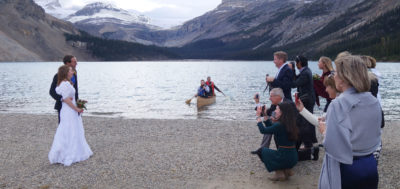
I loved the article. I’m just about to take off on my first adventure. Your article reinforces all the good advice I’ve been given.
I would like to see someone’s checklist. I’m sure I’ve forgotten things.
Also, would it be acceptable if I substituted scotch for the wine?
Dude! You’ve got this topic covered 7-ways till Sunday! Thanks for the great tips.
Thank you for this article. Always been a fan of beach cruising. We lovers of “small craft” need reminding, “your only limitation is your own imagination”!!
I like a GoreTex dry suit for kayaking—I wear it even in warm weather—and I have found it an excellent choice for launching and retrieving my Pelican at the ramp. Saves the awkward gymnastics on the trailer tongue, and the inevitable stepping into water deeper than the tops of the rubber boots. It would also be a way to make a drama-free anchoring situation. Wading, even swimming ashore or out to the boat solves a number of problems.
Oh yes! A wonderful article, beautifully written. But really well-illustrated too, with beautiful photographs. I have been puzzling over how to store my anchor tackle onboard and I was completely confused when I read “I flake my long rode in a self-draining plastic laundry basket, making for a non-fouling easy-in/easy-out system.” But the haul-out photos made it all clear. I would NEVER have thought to use a laundry basket for this purpose. Thanks for the tip! And everything else in the article!
Wonderful article. I come from a kayaker background but am fascinated with with the idea of open-dinghy beach cruising. Would love to try it. How do you keep all this stuff from shifting in a blow. Maybe dry bags under the seats held in place with compression straps? Extra flotation compartments that could double for gear storage? Then there’s the elephant question, what happens if… swamping or knockdown?
This is so great–everyone should try it. My first time I trailered my Sea Pearl to a location I had never been, for two nights. My recommendation, if either you or your guest are hesitant about sail camping, would be to start off slowly and then ease up (whoops, that’s that other website!).
Just go out for one overnight. You don’t want to find out on night one of a 5 day adventure that you really should have brought …
Keep meals simple. I would suggest setting sail after lunch and bringing snacks for dinner and breakfast. No cooking. You want time to learn to sail with the boat loaded, getting camp made and broken, and taking care of the boat. Even better would be a camping location where you could order food in.
Pick a sailing location that you are either really familiar with or is very simple. Knowing where you are going and what the anchorage and camping conditions are will take a lot off your mind and help you prepare your gear.
Leave enough daylight for making camp, eating, and enjoying the evening. Some things were way easier than I thought, other things that I thought would be simple (and had done many times backpacking or car camping) took much longer than anticipated. Leave plenty of time so you don’t have to hurry-worry.
For those camp cruisers; check the Roger Barnes channel. I personally consider him to be the expert on camp cruising.
The float for the clothesline makes all the difference. I used a fender and the borrowed single pulley block from my boom, because that’s what I had when I decided to give it a try. I usually shackle one end to the stern and tie the other to the bow.
Remember to have good, thick sole shoes when wading ashore. Oysters show no mercy, a lesson re-learned the hard way a couple weeks ago while small-boat cruising in Cape Lookout area.
Thanks for promoting this article again in the email list 2024. Learned a lot. Especially the simple haul out system is useful.
If you look at the photo showing the boat being hauled up the shore, you will see that the eye bolt is quite high on the bow stem. This means that you are tending to pull the bow downwards (as can be seen in the picture), creating unnecessary drag. Having the eye, or a second eye, much lower, say just above the normal waterline, would mean that you are pulling the bow upward as you winch it up, which would make for less resistance. If you were to hang a snatch block on that eye, and run your pulling rope through it, you could double your pulling force (of course the other end of the rope has to be secured somehow up the beach behind you). I suspect you could move the boat that way without needing the come along. Unless, of course, you have a lot of weighty cargo aboard.